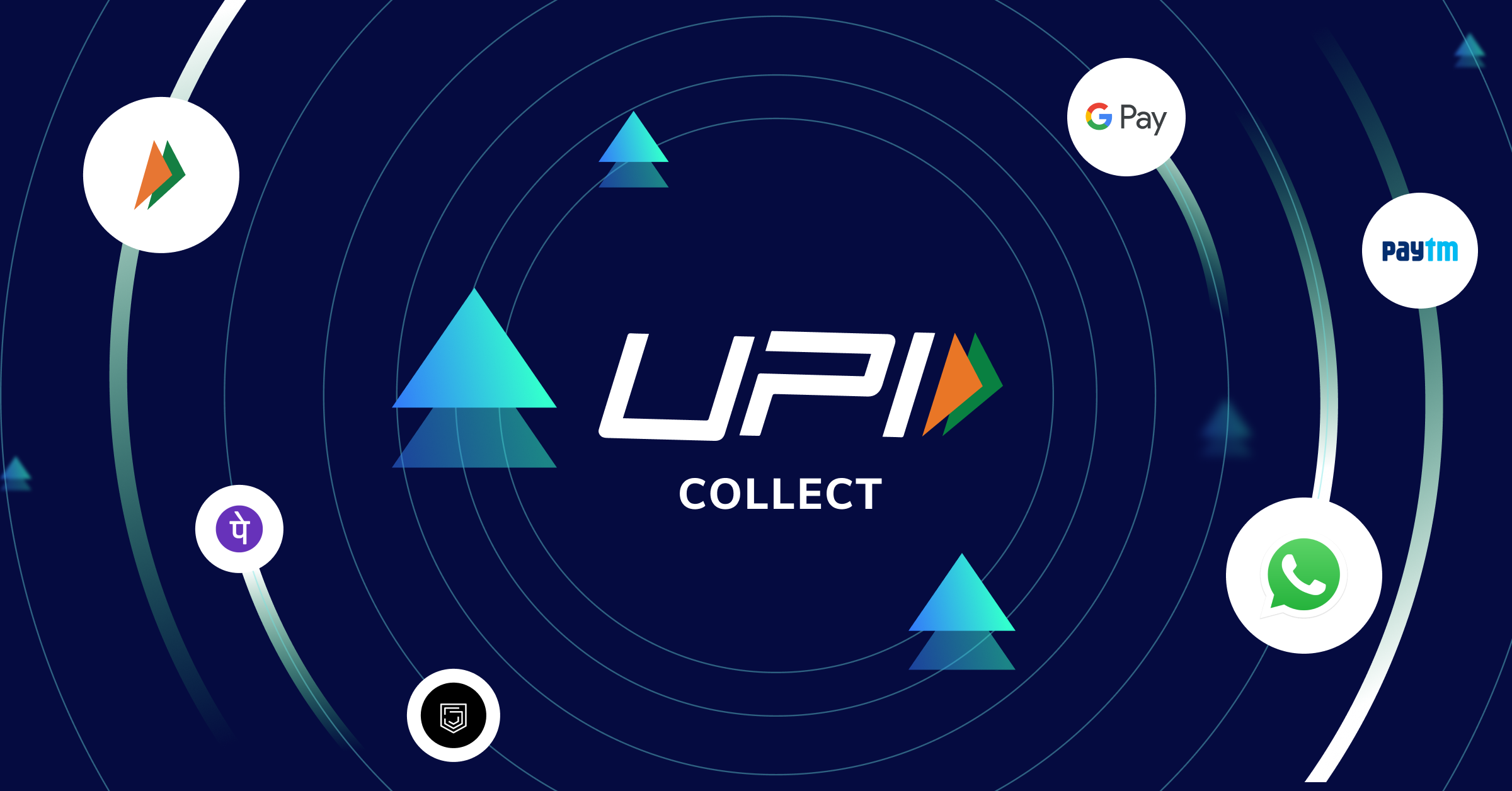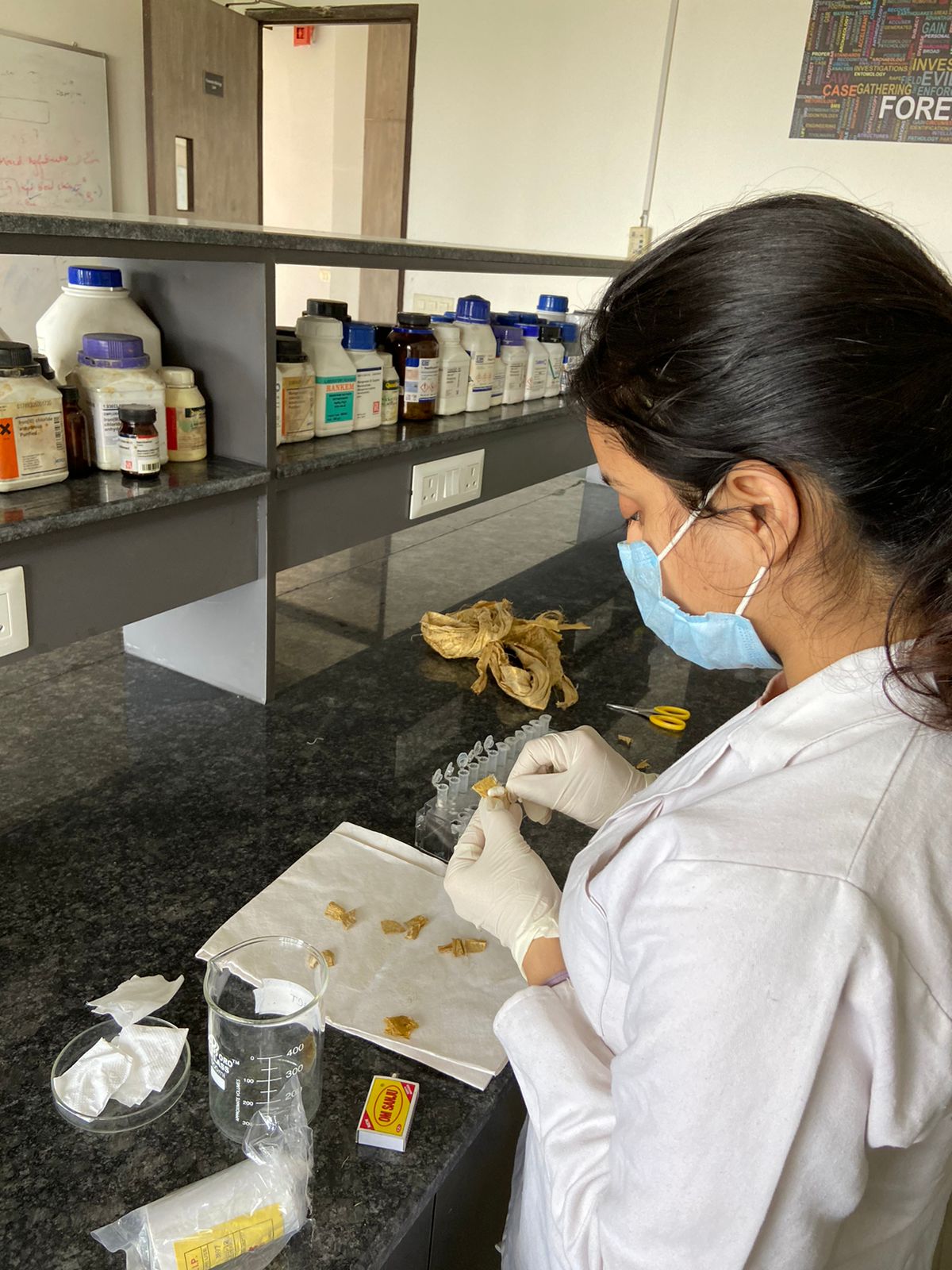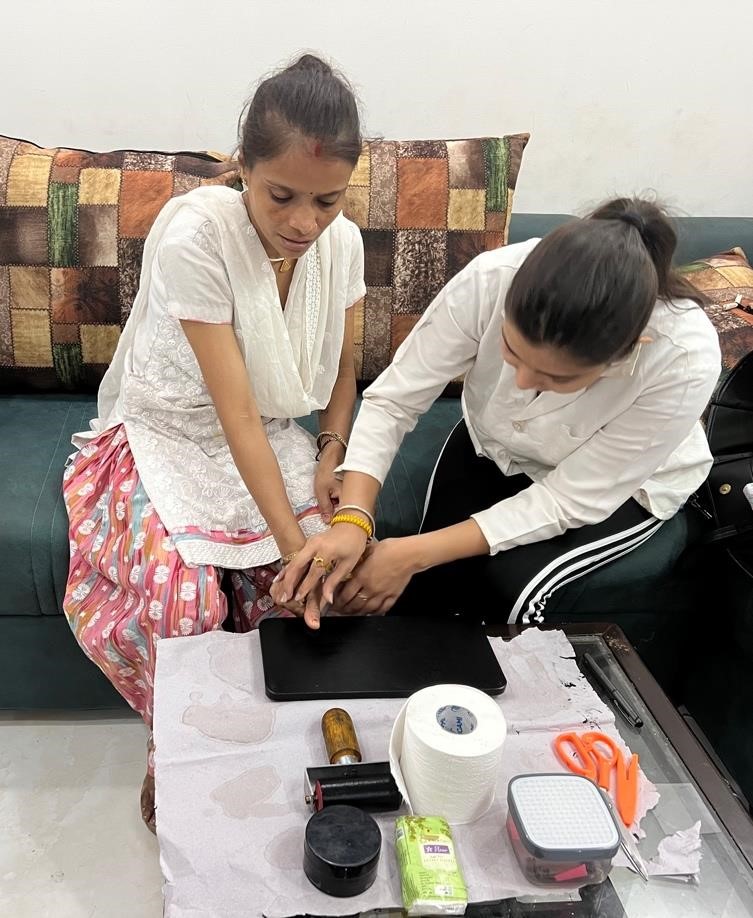UPI or Unified Payments Interface was developed by the National Payments Corporation of India (NPCI) which facilitates instant money transfer between two bank accounts. It is regulated by the Reserve Bank of India (RBI). The primary selling point of UPI was its exclusive compatibility with mobile phones, which meant anyone could transfer funds, from anywhere in India to anywhere in India with just a working internet connection.
UPI provided a system using which the user can access multiple bank accounts using a single mobile application. The application of the partner bank (and now third-party applications) also consisted of many more banking features, fund transfers, balance checking, and much more under one single umbrella of UPI.
Benefits of UPI
- Instant money transfers
- Round-the-clock availability
- User friendly
- Convenient
- Ease of set-up and use
- Accessibility of multiple bank accounts using single application
- Ability to use multiple banking functions using just one application
- Avoids unnecessary cash transactions
- Avoids cash on delivery and rendering exact cash amount
- Enhanced security via 2 Factor Authentication
- QR code scan and pay facility
The FY 2020-21 saw a growth of -7.3% in India’s GDP which was a 12% decline from the previous year. Another thing that the COVID-19 pandemic did was instill terror in the hearts of people, and rightly so. People avoided direct skin-to-surface contact in especially more frequented common areas such as lifts, shops, etc. but also people avoided touching banknotes unless being withdrawn from ATMs.
No technology or working system is perfect, no matter how much the developing authorities try to keep the technology fool-proof there are bound to be some drawbacks or issues that hold it back. But with UPI, the technology is pretty secure but the drawbacks are present at the nodes of the payment application and the user. The primary reason for any fraud occurring through UPI is the mistake at the end of the customer/user. The secondary point of lapse could be due to the payment application and in an extreme rarity, a fault or loophole at the end of UPI technology could be a reason for fraud.
Abstract:
UPI payments had become an integral part of our day-to-day lives for the past few years, especially after the pandemic. Counterfeit currency notes were always a problem but shifting to UPI with the betterment of technology has further made the users more vulnerable. This study aims at determining these vulnerable groups along with strategies that could be implemented to lower their risk. This was attained by asking the respondents to fill a questionnaire pertaining to UPI safety, awareness, and vulnerability, which were hypothesized to be affected by five variables namely age, gender, education level, occupation, and frequency of use. These were evaluated against dependent variables using MS-Excel and IBM SPSS 26.0. It is inferred that the education level and frequency of use are the key factors that affect the vulnerability of a user. This study conceded to making UPI applications a safer place for users regardless of their background because it is the need of the hour and will be a part of our society for a long time.
Anirud
M.Sc. Forensic Science- Batch 2020-2022
Contact: anirud.0227@gmail.com
Supervisor- Shreya Arora









No Comments